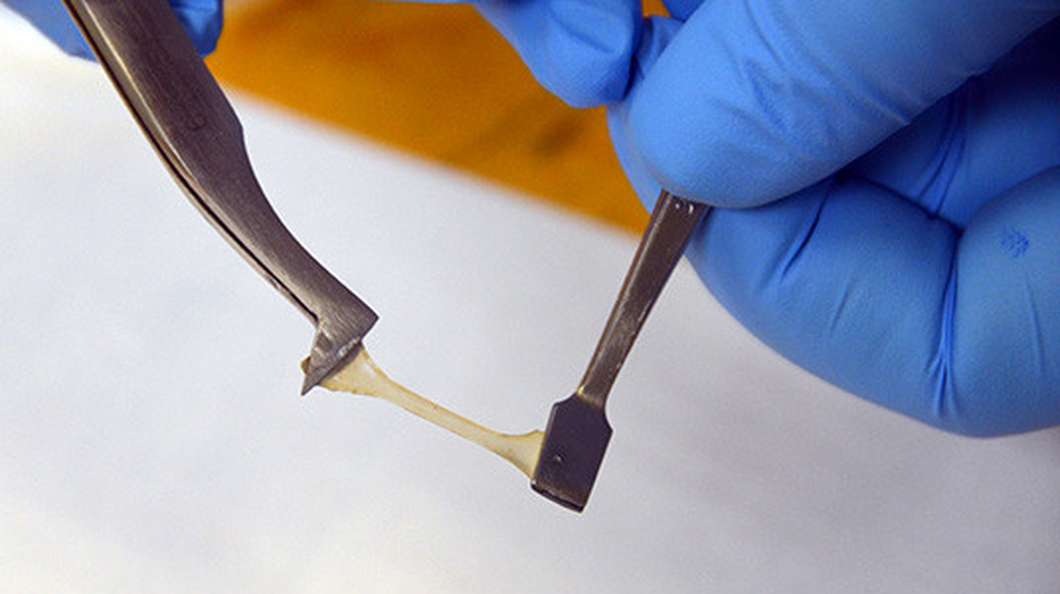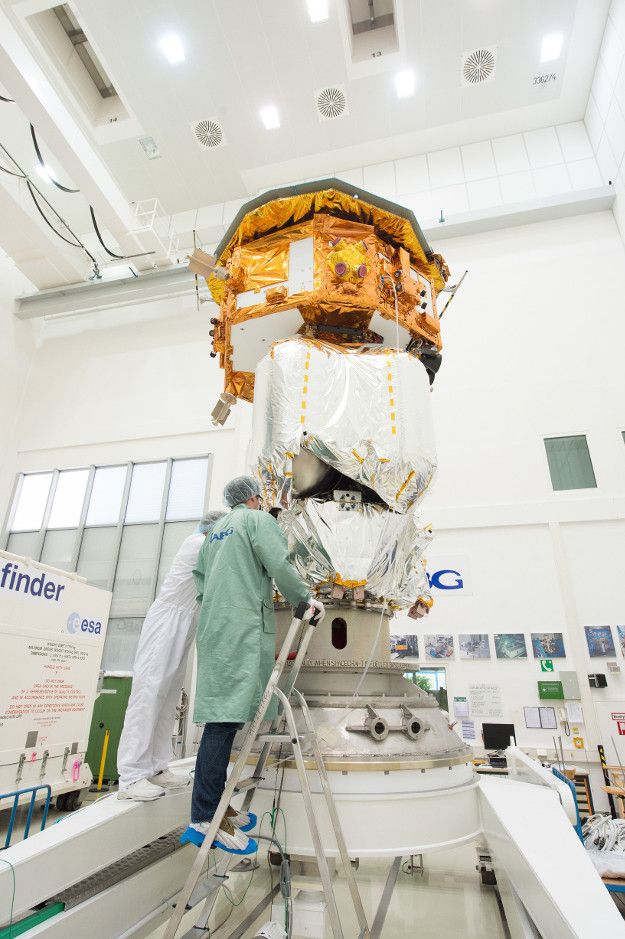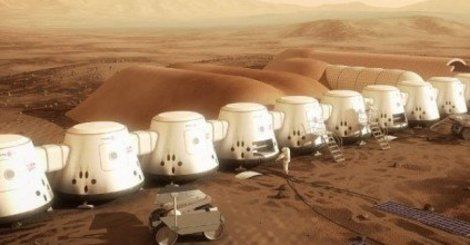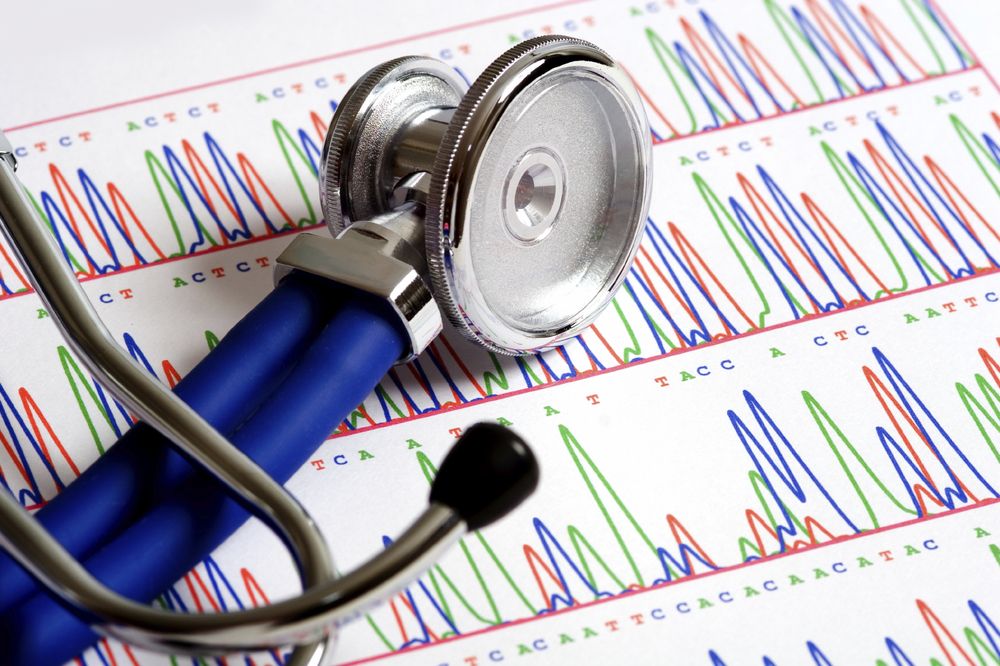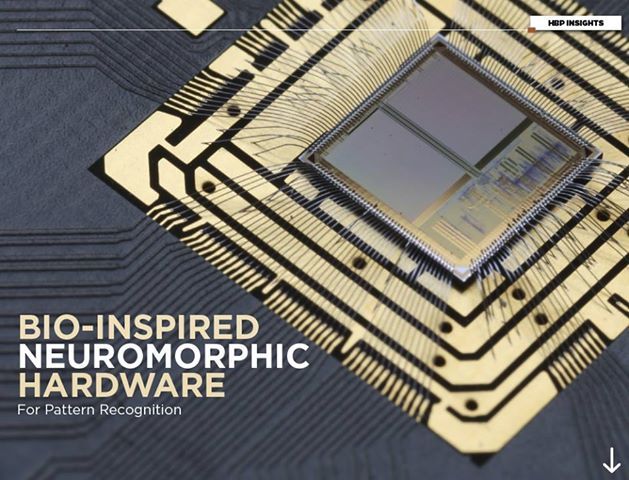Sep 3, 2015
Self-healing bioplastic – just add water
Posted by Shailesh Prasad in category: biotech/medical
Imagine if things like undersea cables or medical implants could simply heal themselves back together if severed – it would certainly be easier than having to go in and fix them. Well, scientists at Pennsylvania State University are bringing such a possibility closer to reality. They’ve created a moldable polymer that heals itself when exposed to water – and it’s based on squid sucker ring teeth.
Led by Prof. Melik Demirel, the researchers started by studying sucker ring teeth collected from squid in various locations around the world. Although the exact composition of the teeth varied between species, it was found that the same proteins which allow them to self-heal were always present.
